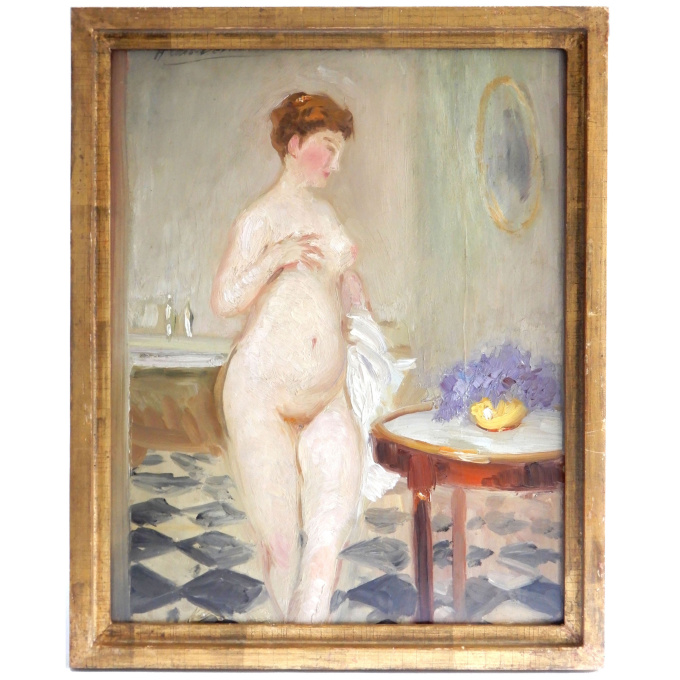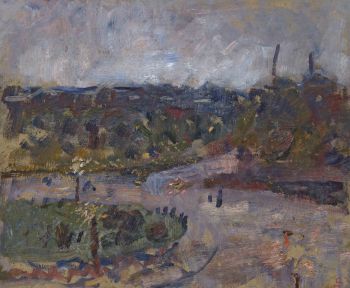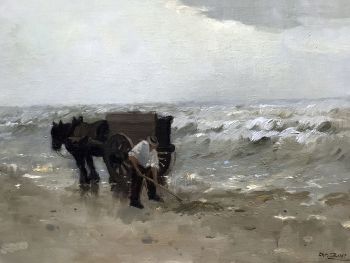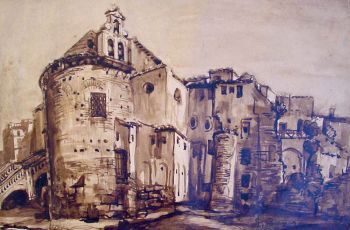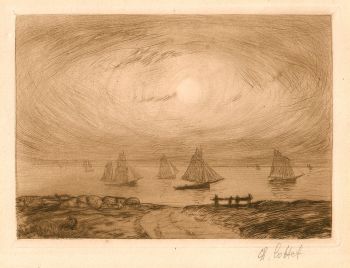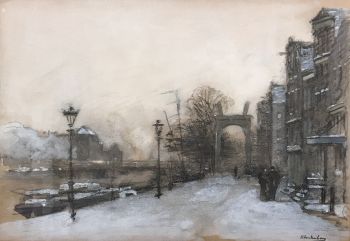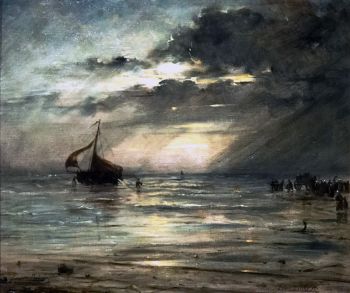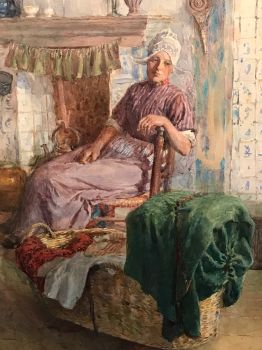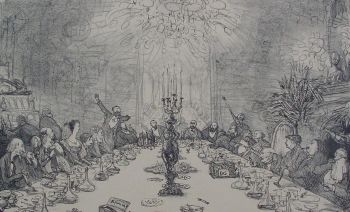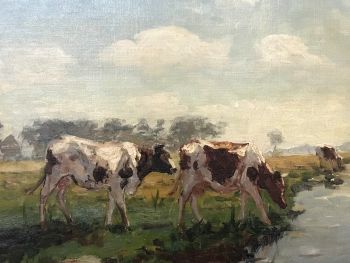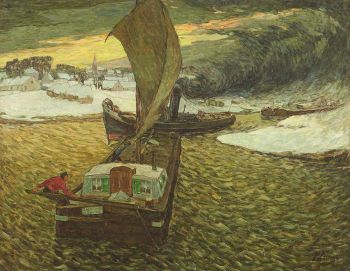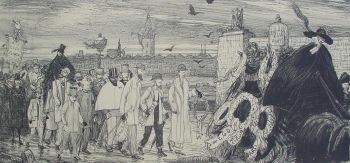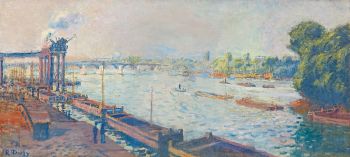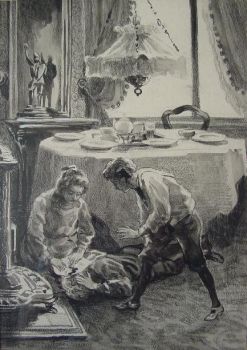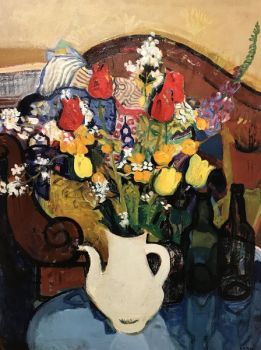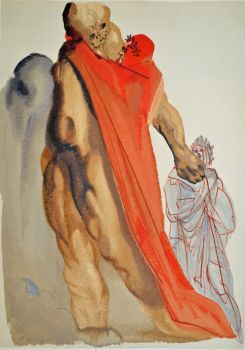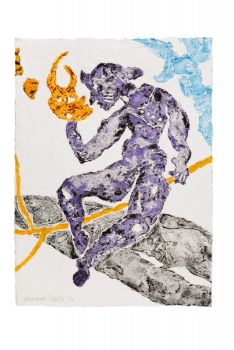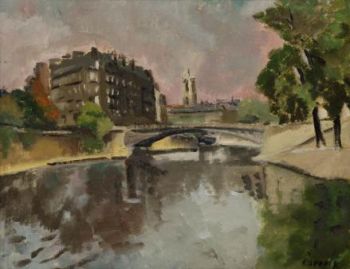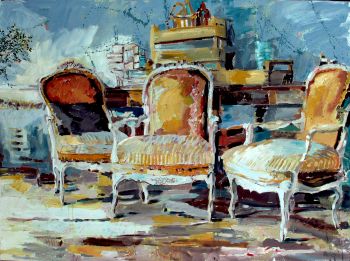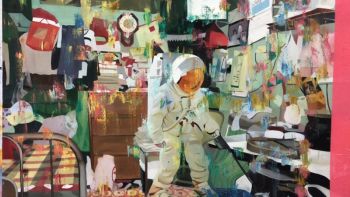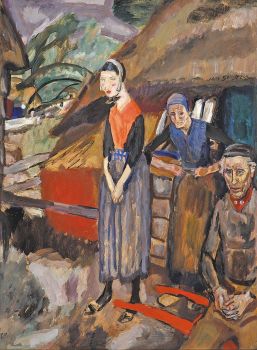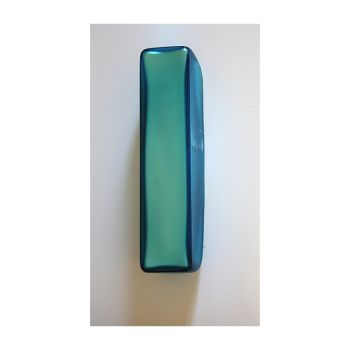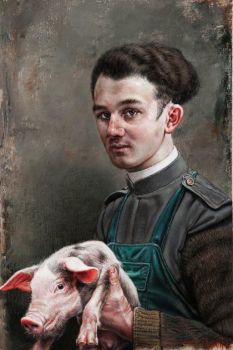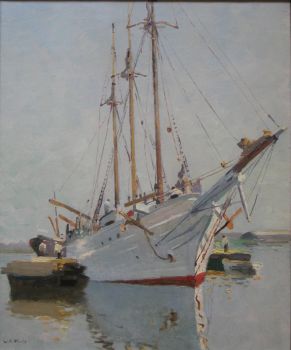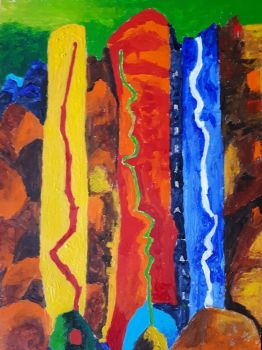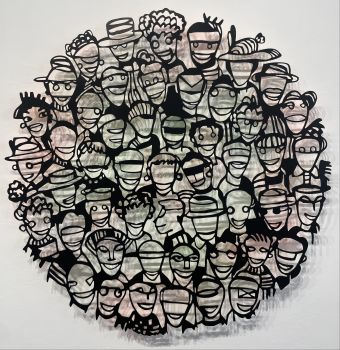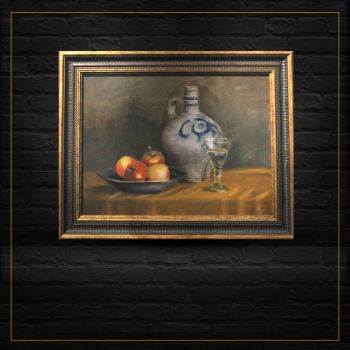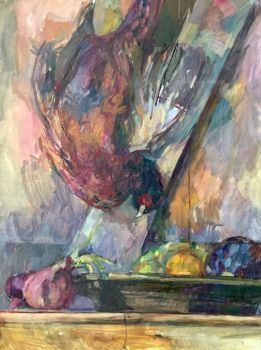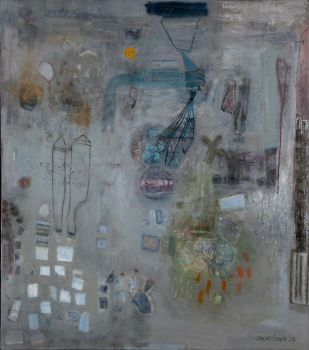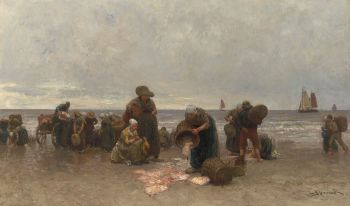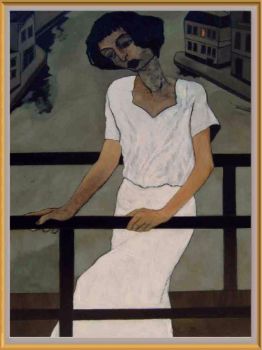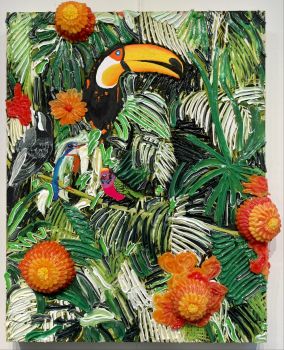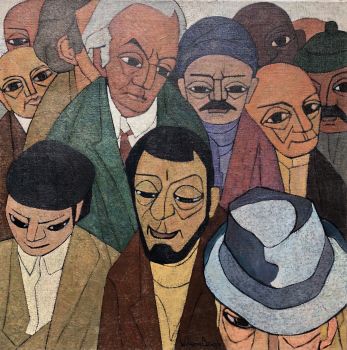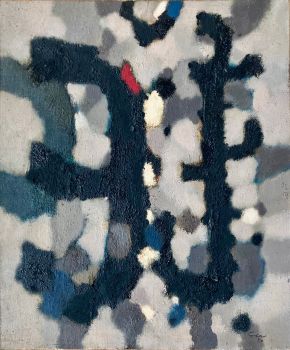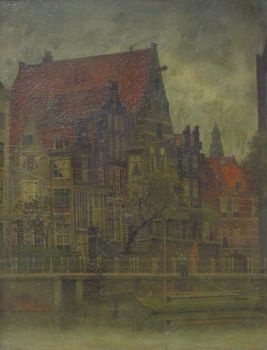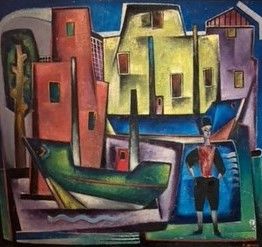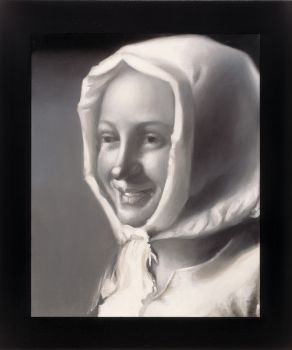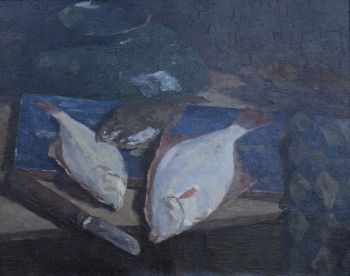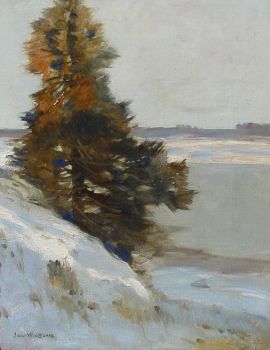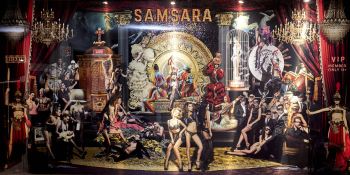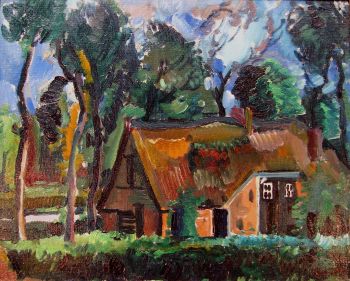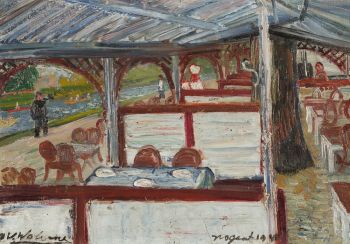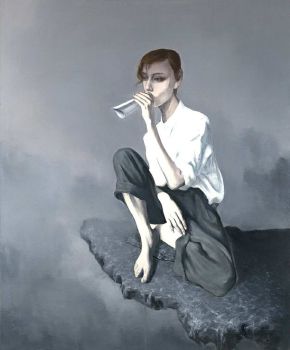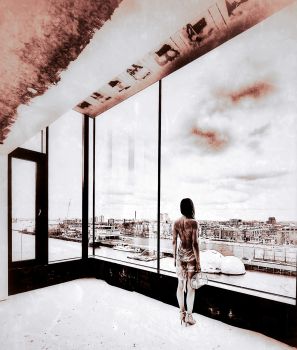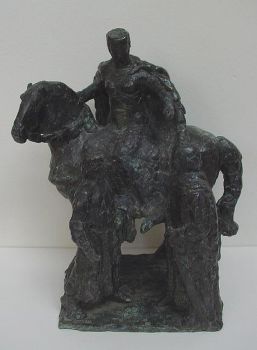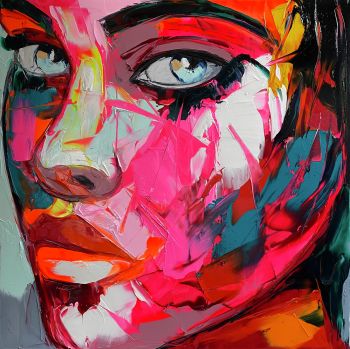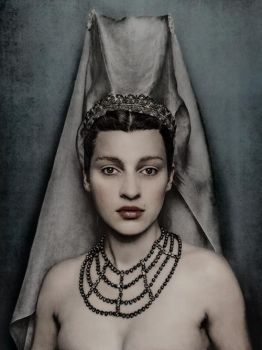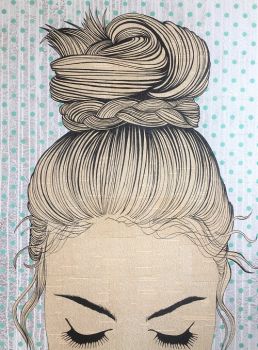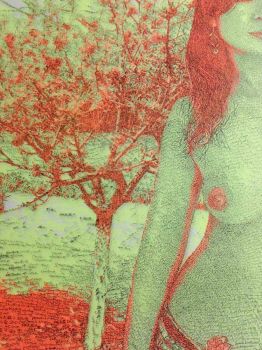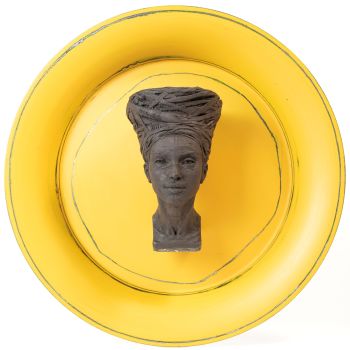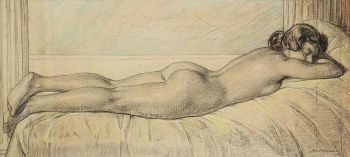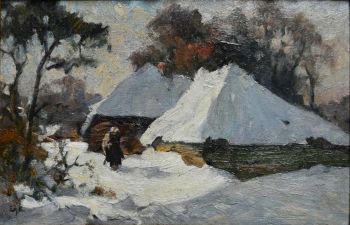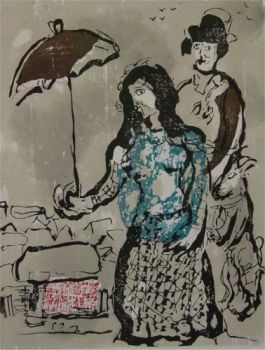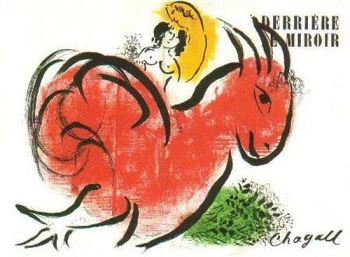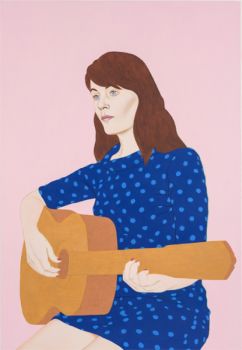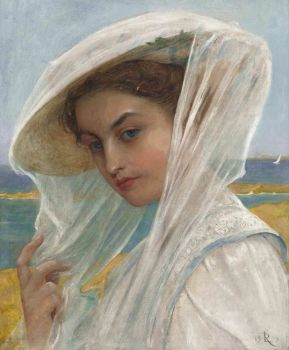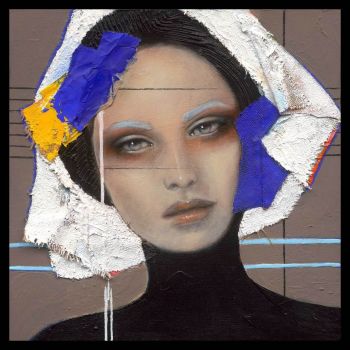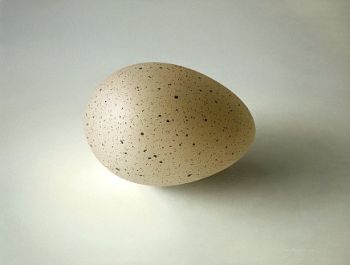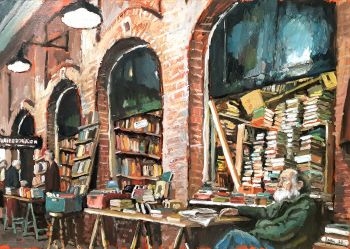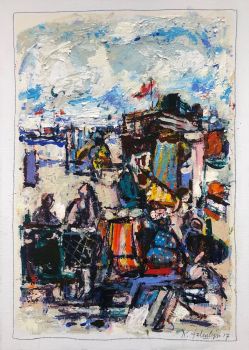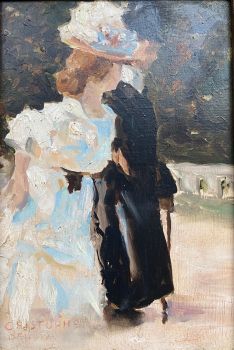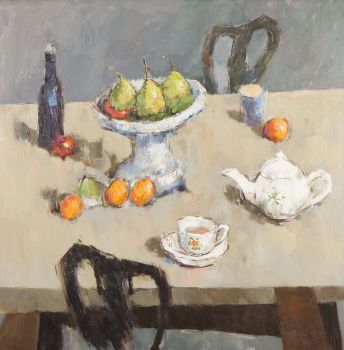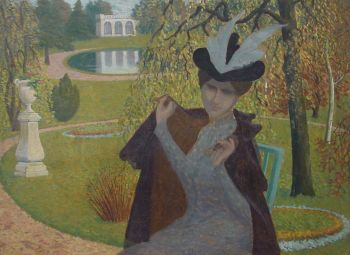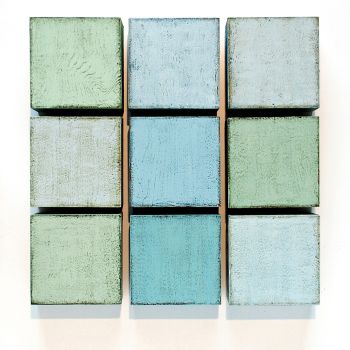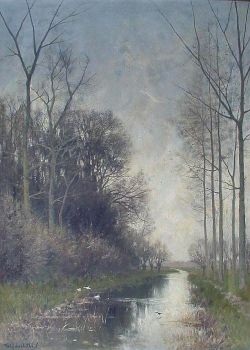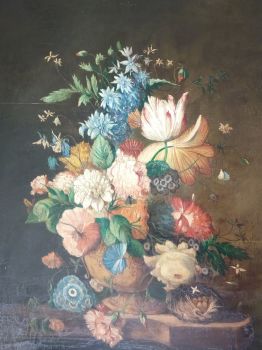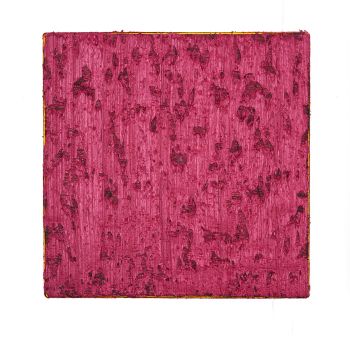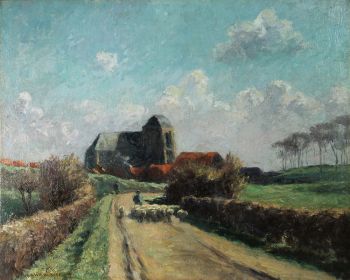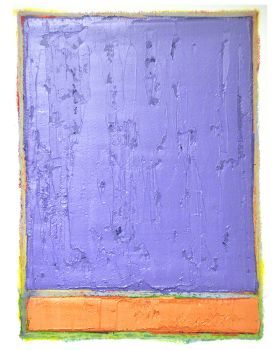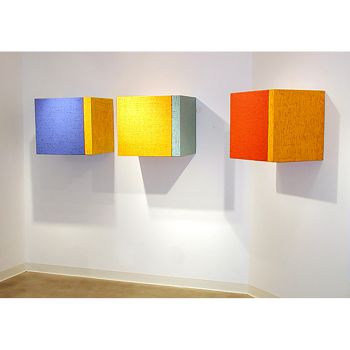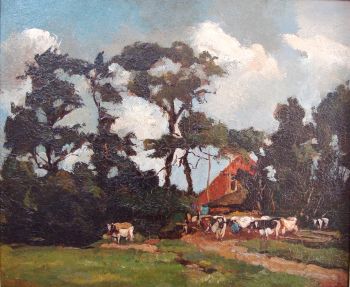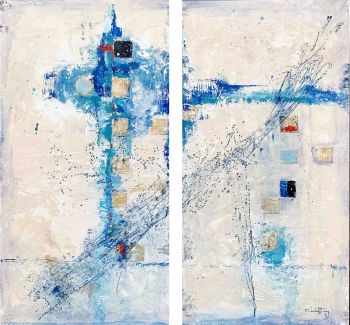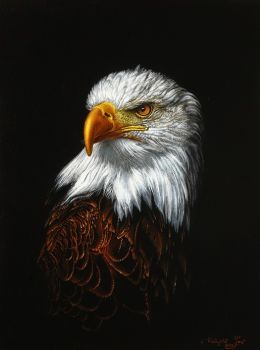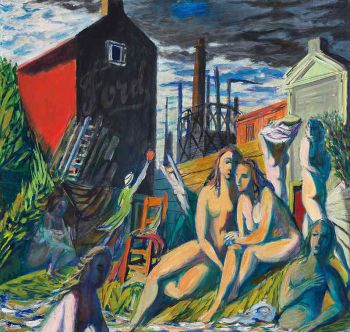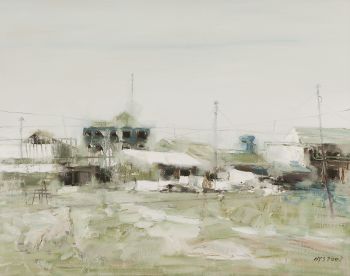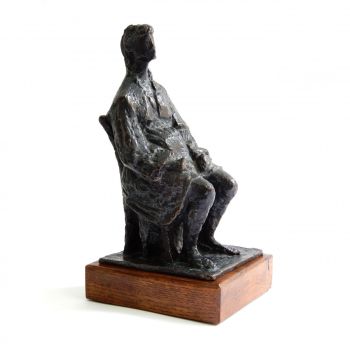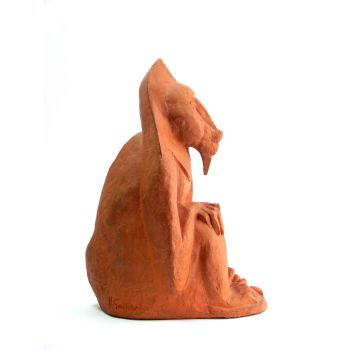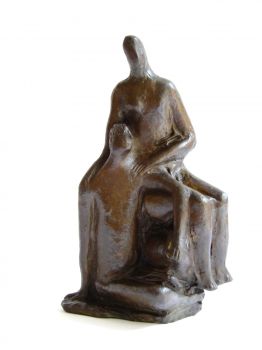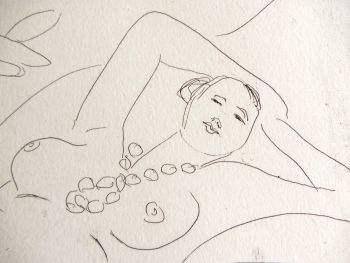'Nu a la toilette' 1900 - 1910
Henry Caro-Delvaille
Peinture à l'huilePeindre
44 ⨯ 36 cm
ConditionNear mint
Actuellement indisponible via Gallerease
Dille Art
- Sur l'oeuvre d'artIntimate and lovely oil painting on panel (wood), depicting a woman who has just taken a bath. It is a domestic scene that Henry Caro-Delvaille wanted to capture. The style of painting is different, but the atmosphere is reminiscent of the work of Pierre Bonnard (1867-1947). They also exhibited together with the Group "Les Intimistes" in 1906.
This work was painted in the early 1900s and was part of the famous Sommaruga Collection in Milan.
It is signed top left with 'H. Carol Delvaille.
Biography:
Henry Caro-Delvaille (Bayonne, 1876 - Paris, 1926) was a painter of elegant interiors, figures and nudes, he was especially known as a painter of women, always elegant and often intimate.
He was also an engraver and decorator. After studying at the École des Beaux Arts in Bayonne, he continued his education at the École des Beaux-Arts in Paris, Léon Bonnet became his mentor.
He won his first medal at the Salon des Artistes Française in 1901, where he made his debut in 1899. From 1903 he was a member of La Société Nationale des Beaux-Arts.
In 1905 he won the grande Medaille d'Or at the Exposition Internationale in Munich. This brought him a lot of success, he received many assignments. As early as 1905, the French state purchased work from Henry Caro-Delville.
In 1906, Caro-Delvaille was one of the participants in the second exhibition of the "Groupe Intimistes" at the famous galerie Henry Graves in Paris.
Pierre Bonnard, Edouard Vuillard, René-Xavier Prinet and Etienne Moreau-Nélaton also participated in this exhibition. (Les Intimistes, Galerie Henry Graves, from February 14 to March 3, 1906.)
Both the public and art critics were very positive about Caro-Delvaille, the art critic Jean Valmy-Baysse wrote that he gave social events the charm of poetry. According to art critic Charles Morice, his work was "a representation of modern mondanité" (worldliness).
Maurice Denis sees in him an artist whom he compared to James Abbott McNeill Whistler (USA 1834-1903).
At the time, he presented him as one of the young promises of French painting
Henry Caro-Delvaille was represented by the important galleries such as Georges Bernheim Jeune in Paris and Nathan Wildenstein and René Gimpel in New York.
From 1917 to 1925 he also spent several years in the United States.
Henry Caro-Delvaille died in 1926 and is buried in Bayonne Jewish Cemetery.
His paintings are part of private and public collections in various museums in France, such as, for example, the National Museum of Modern Art, Center Pompidou, Musée des Beaux-Arts de la ville de Paris. But Princeton University Museum, USA or National Museum of Fine Arts, Beunos Aires in Argentina also have works by him in their collection.
Literature:
- Christine Gouzi, Henry Caro-Delvaille: peintre de la Belle Époque, de Paris à New York. Dijon, éditions Faton, 2016.
- Pierre de Lanux, « On the Revival of Applied Art. A conversation with Henry Caro-Delvaille », Arts & Decoration, avril 1922, vol. 17, p. 419.
- Henry Caro-Delvaille, "The Renaissance of Mural Decoration ", The Lotus Magazine, March 1913, vol. 4,
n°6, p. 253.
- Benezit Dictionnaire des Artistes, Gründ, Volume 3, p. 424.
Condition:
Good, There is an old restoration on the back of the panel. A professional restorer cleans the painting and gave it a new varnish. - Sur l'artiste
Henry Caro-Delvaille, français d'origine espagnole, est un peintre important de la vie mondaine du début du XXe siècle. Son vrai nom était Delvaille ("de la Vallée" en espagnol) mais il a signé Caro-Delvaille car sa mère, avec qui il entretenait une relation proche, s'appelait Caroline. Dès son enfance, Henry Caro-Delvaille est curieux d'art, observe ce qui l'entoure et dessine. Sa mère, écrivain et poète, fut son premier guide.
Après des études de 1895 à 1897 à l'école des beaux-arts de Bayonne, Henry Caro-Delvaille est l'élève de Léon Bonnat à l'école des beaux-arts de Paris. Il expose pour la première fois au Salon de la Société des artistes français à Paris en 1899. Il devient membre de la Société nationale des beaux-arts en 1903 et son secrétaire en 1904. En 1905, il remporte la grande médaille d'or à l'exposition internationale de Munich. La même année, son ami Edmond Rostand lui confie la décoration de sa villa de Cambo. Il se fait alors connaître comme portraitiste et reçoit de nombreuses commandes. Il est fait chevalier de la Légion d'honneur en 1910. Sa peinture peut être comparée à celle de Carolus Duran (1837-1917), célèbre peintre de la belle époque.
Henri Caro-Delvaille émigre aux États-Unis en 1913 et s'installe à New York, s'orientant vers un style plus Art Déco. Il était une figure centrale des milieux artistiques, littéraires et musicaux des deux côtés de l'Atlantique, de Paris à New York. Une grande partie de son travail se trouve aujourd'hui outre-Atlantique.
Êtes-vous intéressé par l'achat de cette oeuvre?
Artwork details
Related artworks
Jan Sluijters
Original illustration of Sluijters for the book: 'Laura's opstel'1881 - 1957
Prix sur demandeKunsthandel Pygmalion
1 - 4 / 24Aris Knikker
Riverview with a village (Kortenhoef, Netherlands)1887 - 1962
Prix sur demandeKunsthandel Pygmalion
1 - 4 / 24- 1 - 4 / 24
Albert Clouard
Élégante à la cape (Elegant lady with a cloak)1866 - 1900
Prix sur demandeKunsthandel Pygmalion
Fredericus Jacobus van Rossum du Chattel
Poldervaart in the Vecht river region1899 - 1901
Prix sur demandeKunsthandel Pygmalion
Johannes van Dreght
Antique Dutch still life flowers in vase1740 - 1800
Prix sur demandeGallerease Selected
1 - 4 / 24- 1 - 4 / 12

